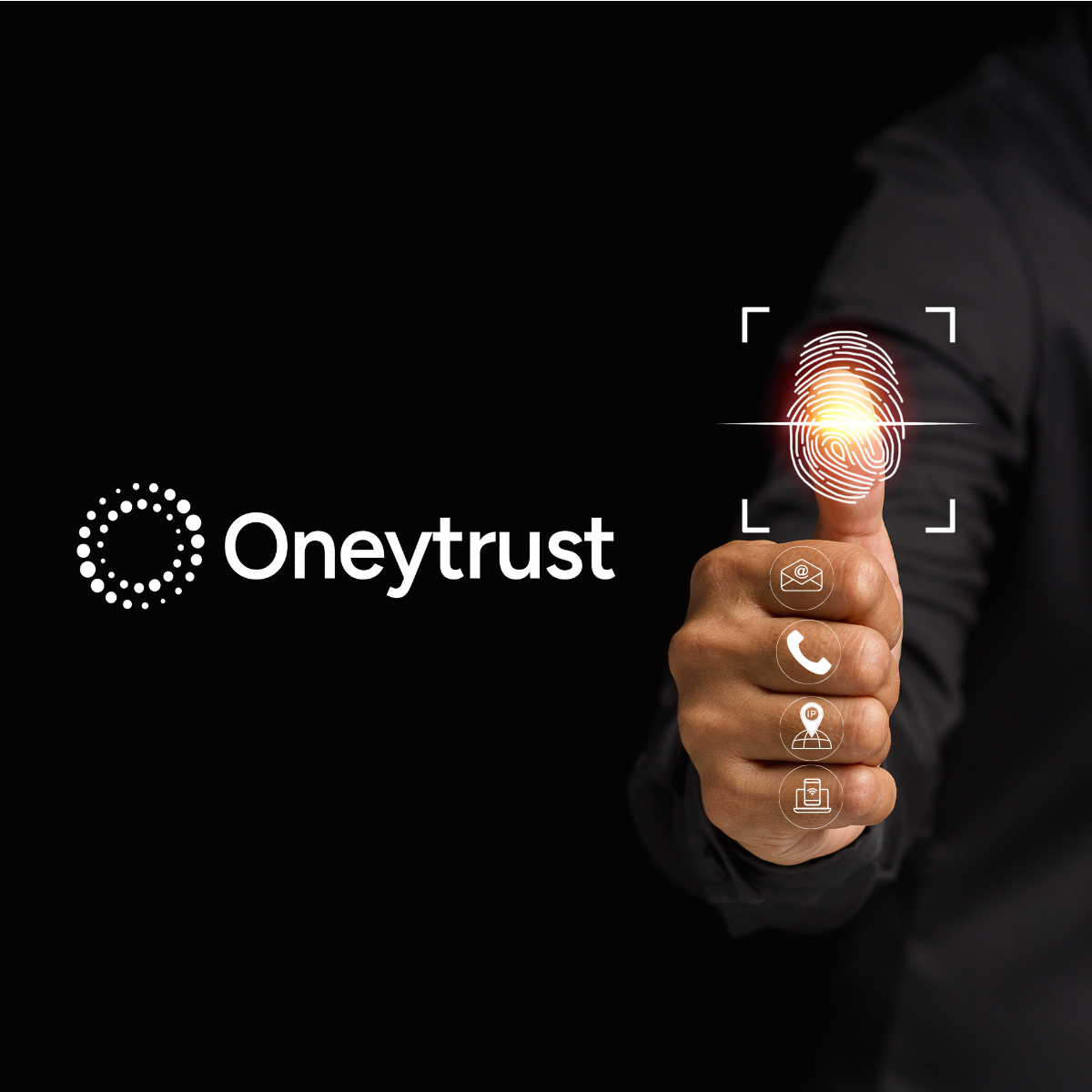In the first part, we defined what digital identity is, explained why this concept has become central, and showed how it constitutes an identity in flux, constantly evolving. We will now address the multiple issues related to its use as well as the prospects for the future that are emerging.

- Multiple challenges
a) Security and protection of citizens
The primary purpose of digital identity is protection. Users whose identities are stolen suffer dramatic consequences: loans taken out in their name, administrative disputes, damaged online reputations. Having a robust digital identity based on reliable technical and behavioural signals helps limit these risks.
b) Trust and fluidity of exchanges
For a company, accepting a new customer involves a risk. Digital identity provides the necessary elements to establish a trust score: is this a real, consistent person who has been active for a long time? This trust then facilitates exchanges, reduces friction (simplified KYC, smooth user journey) and improves the customer experience.
c) Sovereignty and independence
Today, proving one’s identity online often involves major private players (connection via Google, Apple or Facebook). However, delegating this strategic function to a few companies poses a problem of sovereignty. European states are seeking to regain control in order to avoid excessive dependence and guarantee data protection.
d) Inclusion and equal access
Digital identity must not become a factor of exclusion. People who are digitally excluded (the elderly, rural areas, vulnerable populations) must have access to simple and accessible solutions. Equity requires an inclusive design of these tools.
- Future prospects
By 2030, digital identity could undergo three major developments:
Increased standardisation: adoption of international standards enabling seamless recognition between countries and services.
Biometric integration: enhanced association with biometric fingerprints (voice, face, fingerprint) to further secure access.
Enhanced user control: emergence of solutions where users decide which elements of their identity to share, depending on the context (e.g. proving they are of legal age without revealing their date of birth).
In a nutshell…
Digital identity is no longer a technical curiosity. It has become the beating heart of digital societies. It protects, streamlines and empowers, but also raises questions about surveillance and sovereignty.
By understanding it, decision-makers and citizens have an essential lever for navigating a world where the virtual and the real are inseparable. Ultimately, digital identity is the identity card of the digital age: intangible but decisive, invisible but unavoidable.